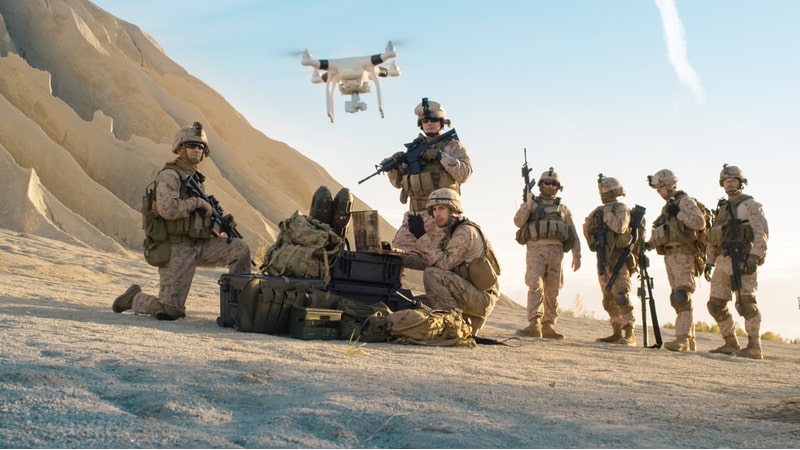
Pentagon leaders are fast-tracking efforts to cut the red tape and rapidly expand the U.S. military’s drone arsenal, with 18 newly developed, American-made drone prototypes being prepared for service.
All 18 drones showcased have successfully completed the Defense Department’s (DoD) T-REX program – a rapid acquisition initiative for emerging technologies.
The DoD developed the prototypes in close collaboration with industry partners. They went from concept to physical production in an average timeline of 18 months – a sharp turn from the typical six-year timeline.
The new systems use off-the-shelf parts and simplified manufacturing processes, making them faster and cheaper to produce.
Emil Michael, undersecretary of defense for research and engineering, explained that the department will continue to rapidly innovate and scale up production of drones and other systems, with cost, resilience, firepower, and range serving as the primary drivers.
Next steps, he said, include expanded collaboration with domestic manufacturers to boost production capacity, alongside the launch of accelerated training pipelines to ensure U.S. service members can operate these systems effectively in contested environments.
This fast-track drone effort is grounded in a directive Hegseth issued last week titled “Unleashing U.S. Military Drone Dominance.” The memo outlines a three-pronged strategy: prioritize American-made drones and components; support low-cost, AI-integrated systems through private investment; and train warfighters in realistic combat scenarios under flexible command authority.
“Drones are the biggest battlefield innovation in a generation, accounting for most of this year’s casualties in Ukraine,” Hegseth said. “Our adversaries collectively produce millions of cheap drones each year. We need to match that pace with American ingenuity.”
The effort was launched following a June 6 executive order issued by President Donald Trump, directing the Federal government to bolster domestic drone manufacturing and expand access to military-grade systems.
“We’re cutting out layers of bureaucracy and pushing decision-making down to our warfighters,” Hegseth wrote in the memo. “It’s a matter of speed and trust.”
The DoD’s push is also reflected in its fiscal year 2026 budget request, which includes $13.4 billion earmarked for autonomy and autonomous systems – part of a sweeping $848.3 billion discretionary defense budget.
